Not long ago I had the pleasure to visit one of the most beautiful fortress of Transylvania. This is the 4th part of the blog. If you've missed the first tree, please scroll down to the bottom of the post to find the links to the previous posts.
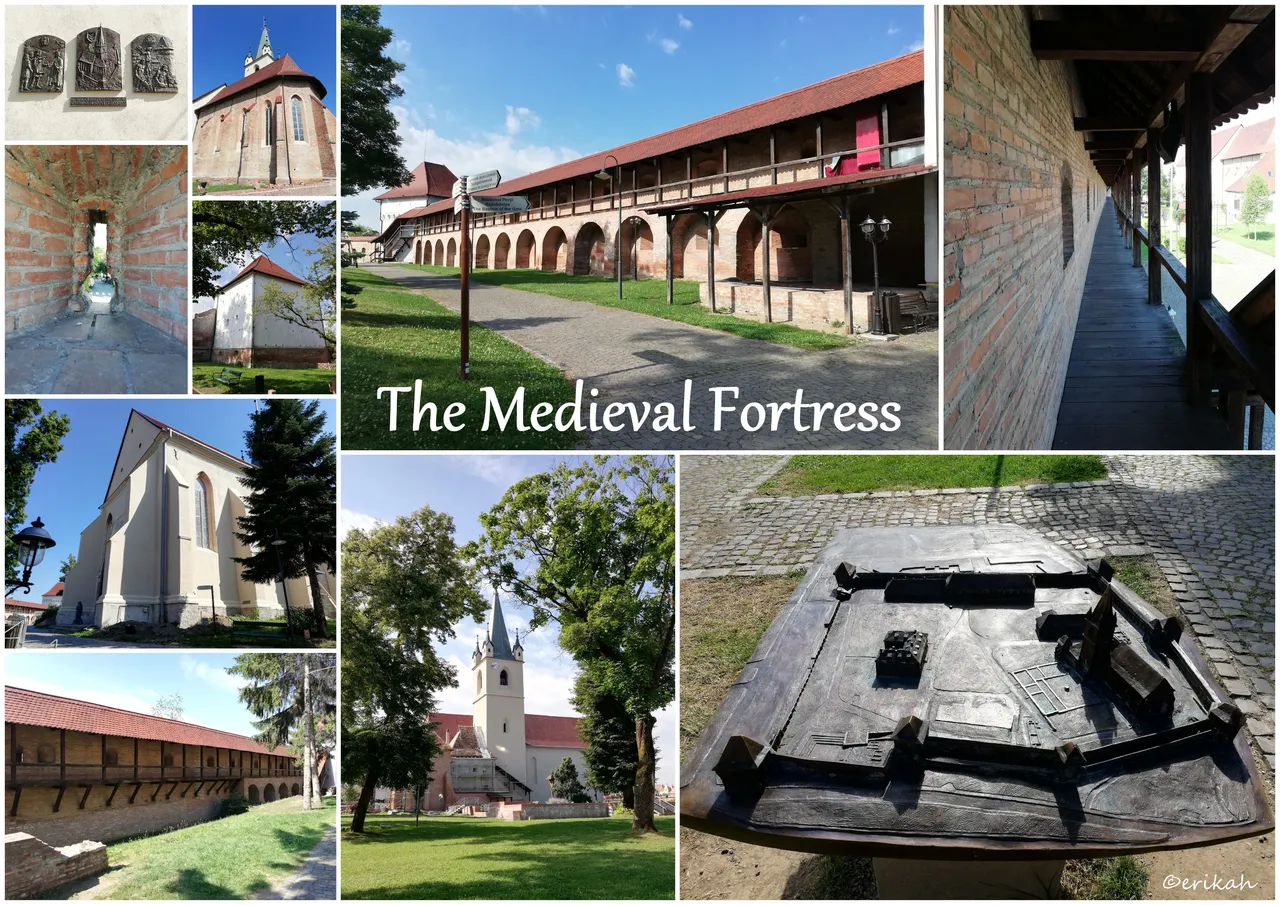
The entry to the medieval fortress is free, which is a huge advantage. I was speaking to a friend of mine about entrance fees and we both agreed that it's hard to teach people anything if there's an entrance fee everywhere. Museums and exhibitions may have a small fee, but that is another matter.
The medieval fortress is situated in the vicinity of the city center of Targu Mures, Romania. It's one of the biggest fortresses in Transylvania. Besides the historical importance, the fortress has a huge cultural importance. During the communism, the army had control over it, no cultural events were organized there. After the communism, the fortress was given back to the right owners, the city and its people.
In 1999 new restoration plans were ordered but somehow it took them 13 years to start the restoration works, financed with European Union funds. Buildings and walls were restored, the archeological works were finished in the courtyard, parks were set up as well.

Old ruins are now visible and protected as well.
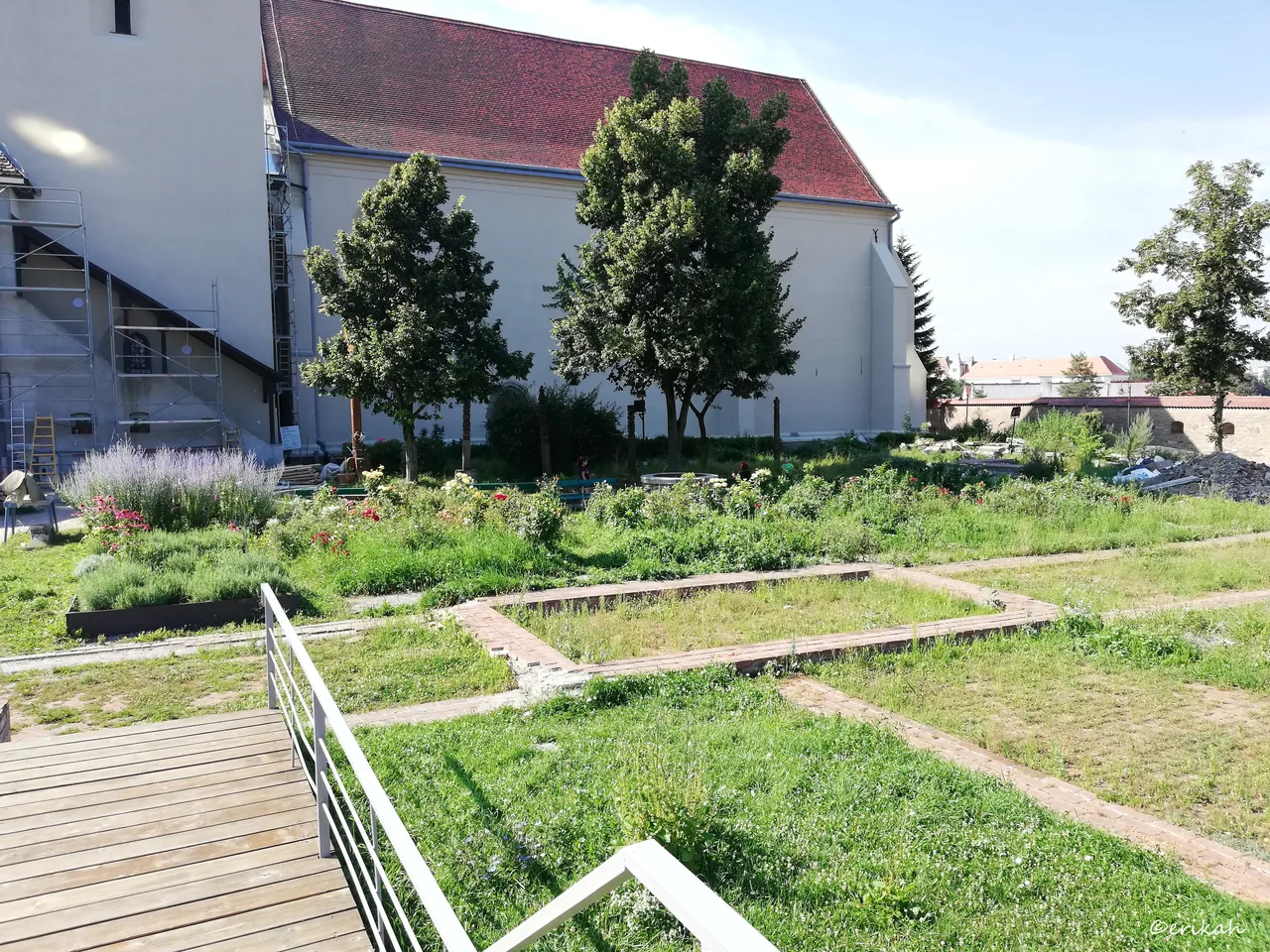
There were buildings here back in medieval days and now the ruins are restored to a certain point.
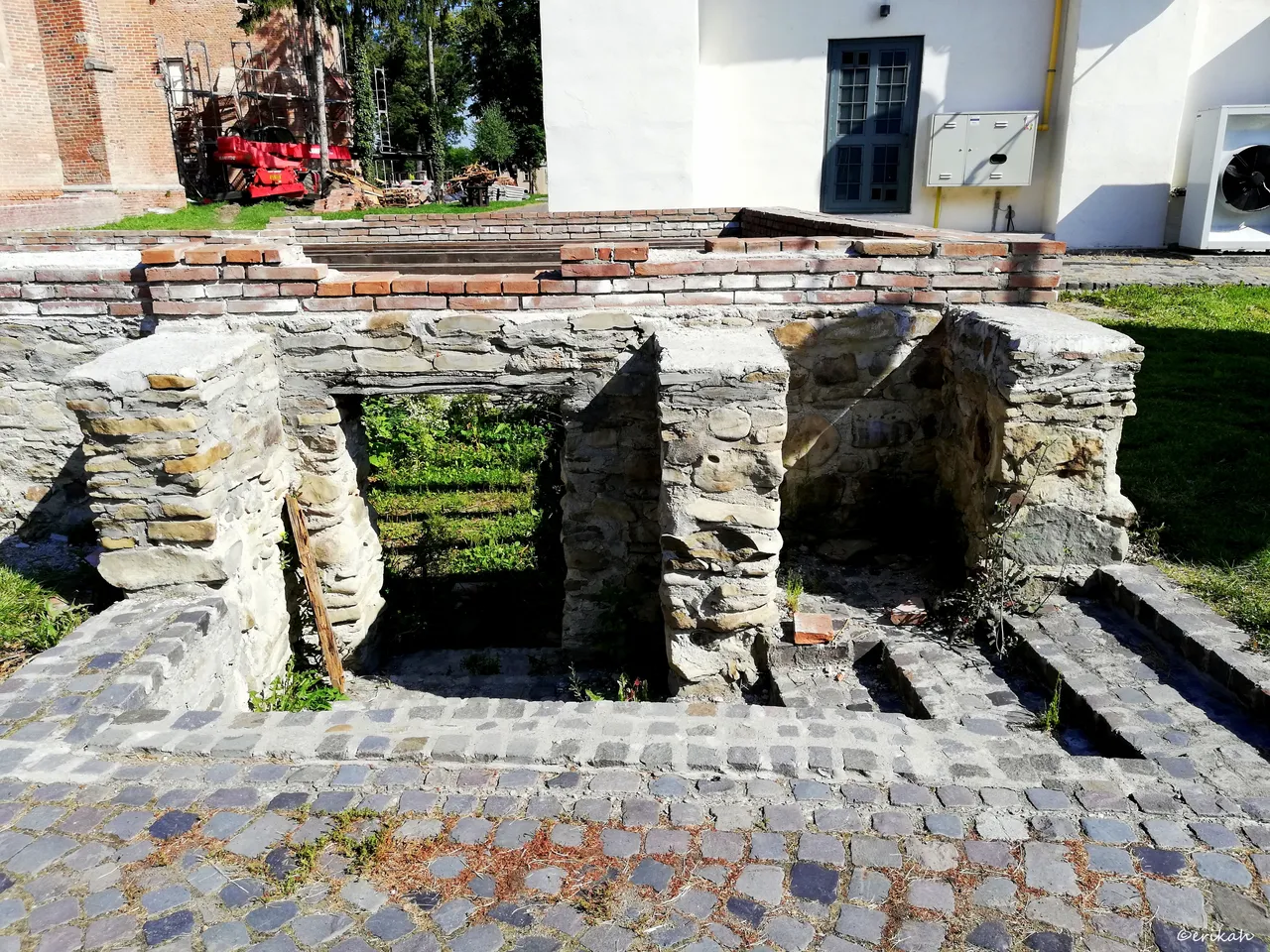
It's interesting to see those (kind of) building shapes and imagine what it was like back then.
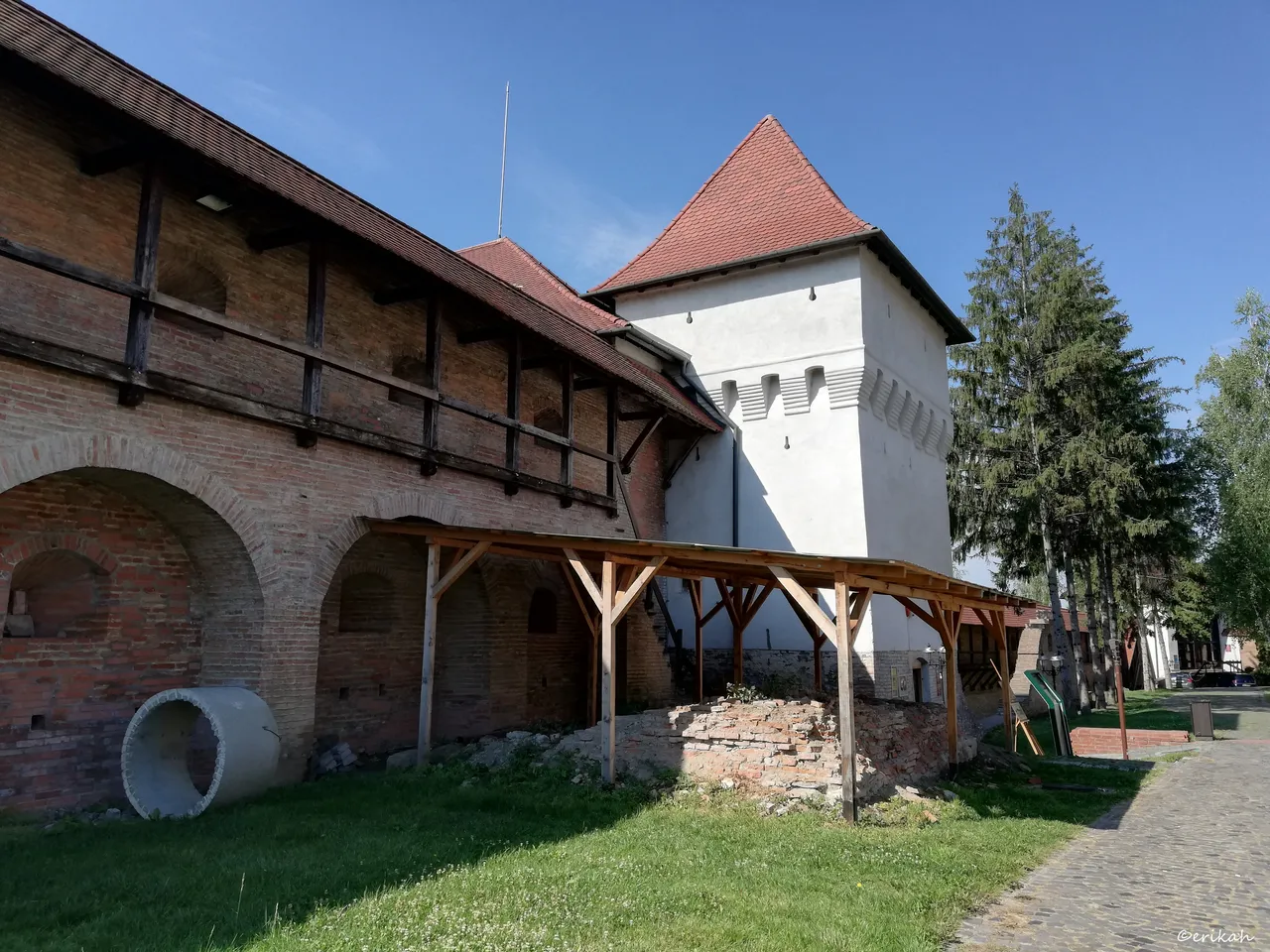
This is one of the 7 bastions, the skinner's bastion.
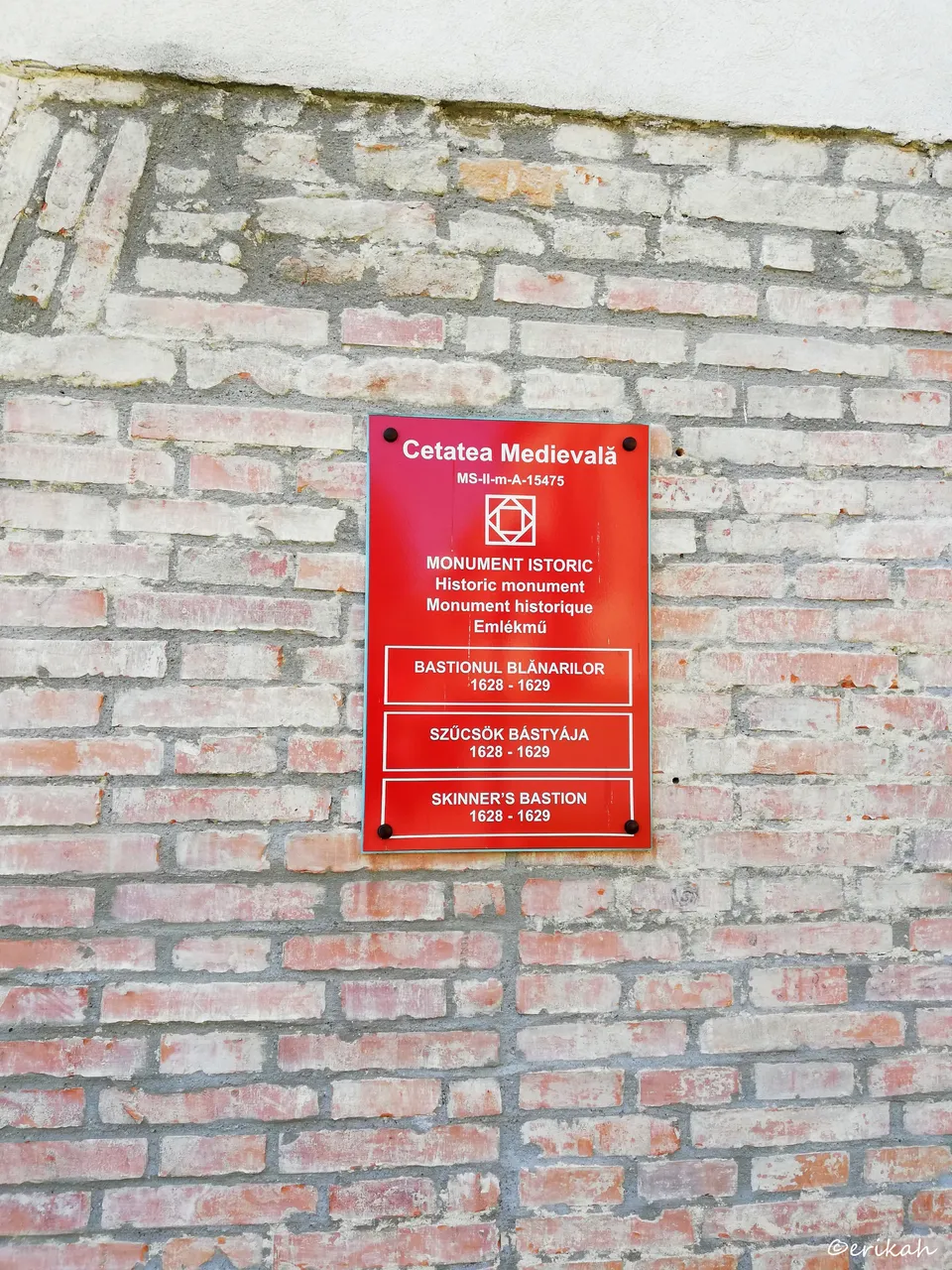
Skinner is a person who skins animals or/and prepares skins. Nowadays this may sound cruel and outrageous but let's not forget that we're talking about 1628 and 1629. Back in those days the only way of protecting yourself of cold was wearing a fur coat or a wool coat, both of animal origin. Winters were cold, in Transylvania temperatures can drop below -30°C at times and the only heating system they had back then was burning wood. The wall of the fortress are quite thick, so heating a room completely was basically impossible. Their only chance to survive was to use animal skin, fur to keep them warm, Many times animal skin was used as blanket to keep warm. As garments, they were making coats, hats, shoes, bags as well as harness, reins, saddle for riding horses. In those conditions skinners had a very important role in society.
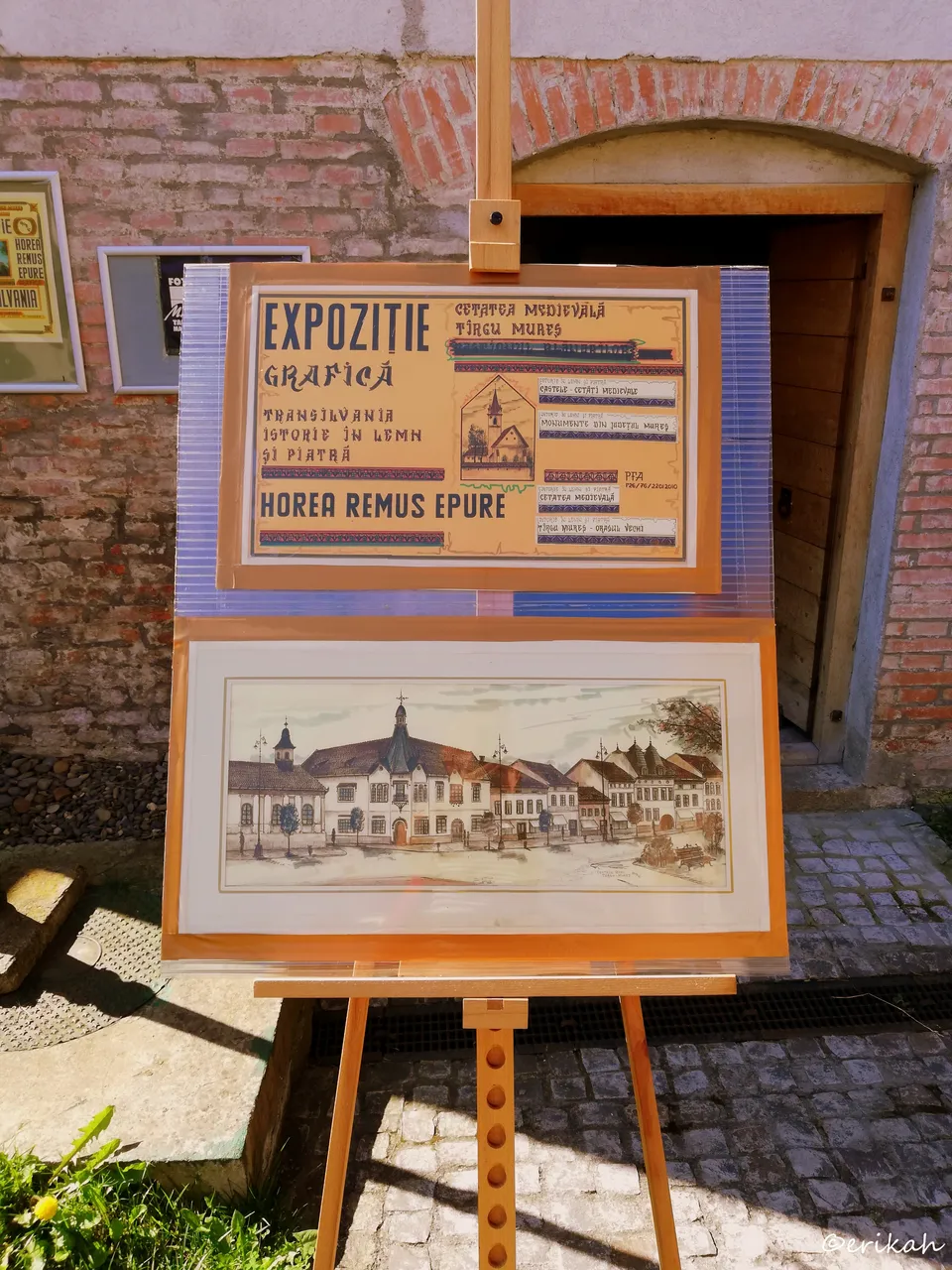
The skinner's bastion was hosting an exhibition at the time of my visit. It was about Transylvania's history on wood and stone, the artist is called by Horea Remus Epure.
I usually visit every exhibition, especially if it's free but shame on me, I had to skip this for health reasons. It was quite windy and cold outside, I only had a T-shirt, no coat and in the bastion must have been even colder. I was afraid of catching a cold and in these crazy times, I could not risk it. My heart is aching, but I guess it was the right choice. However, here's a video from last year, giving you an idea what it was about.
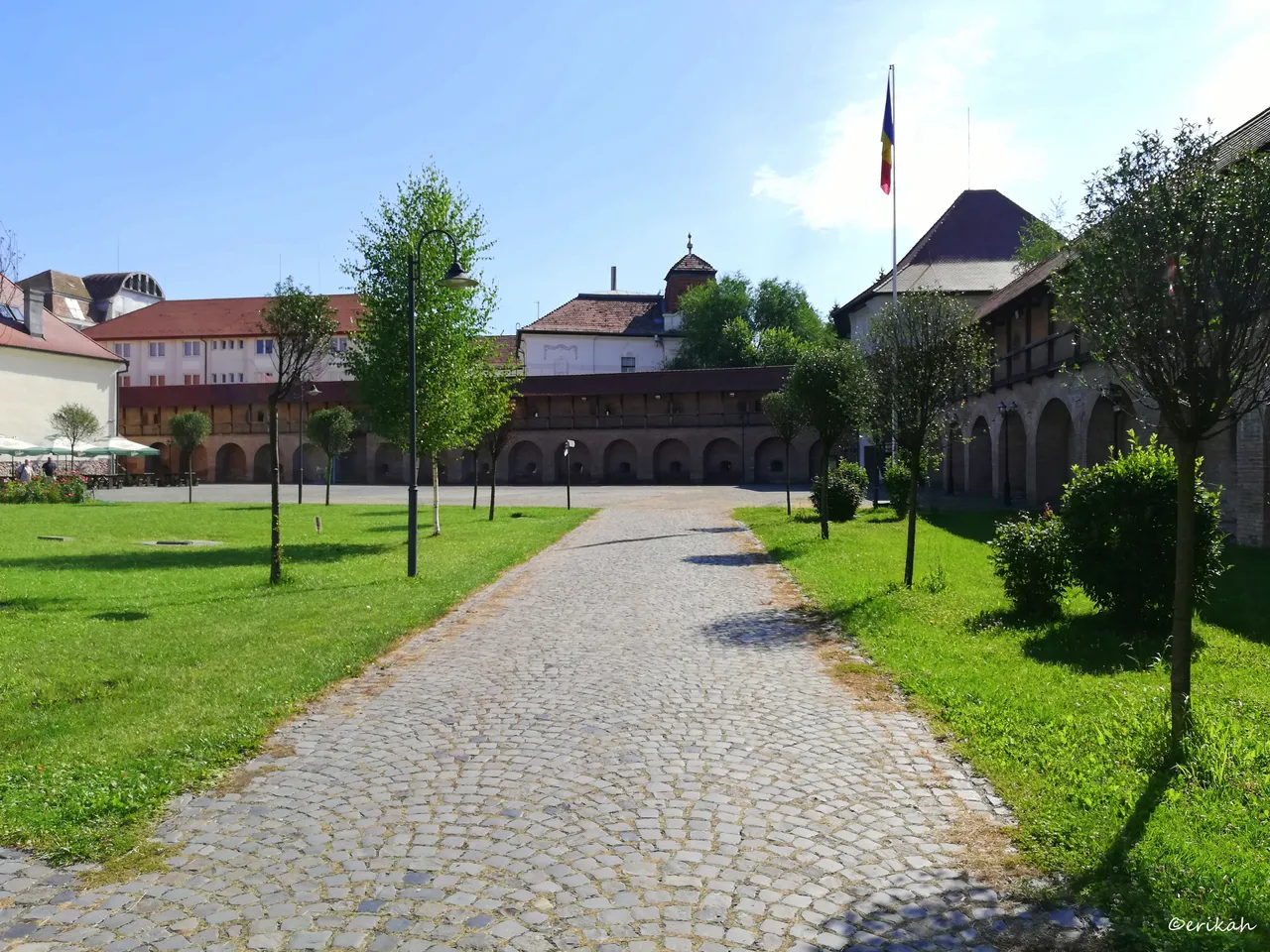
Left from the skinner's bastion there's a wall that connects the bastion with another one, called cooper's bastion.
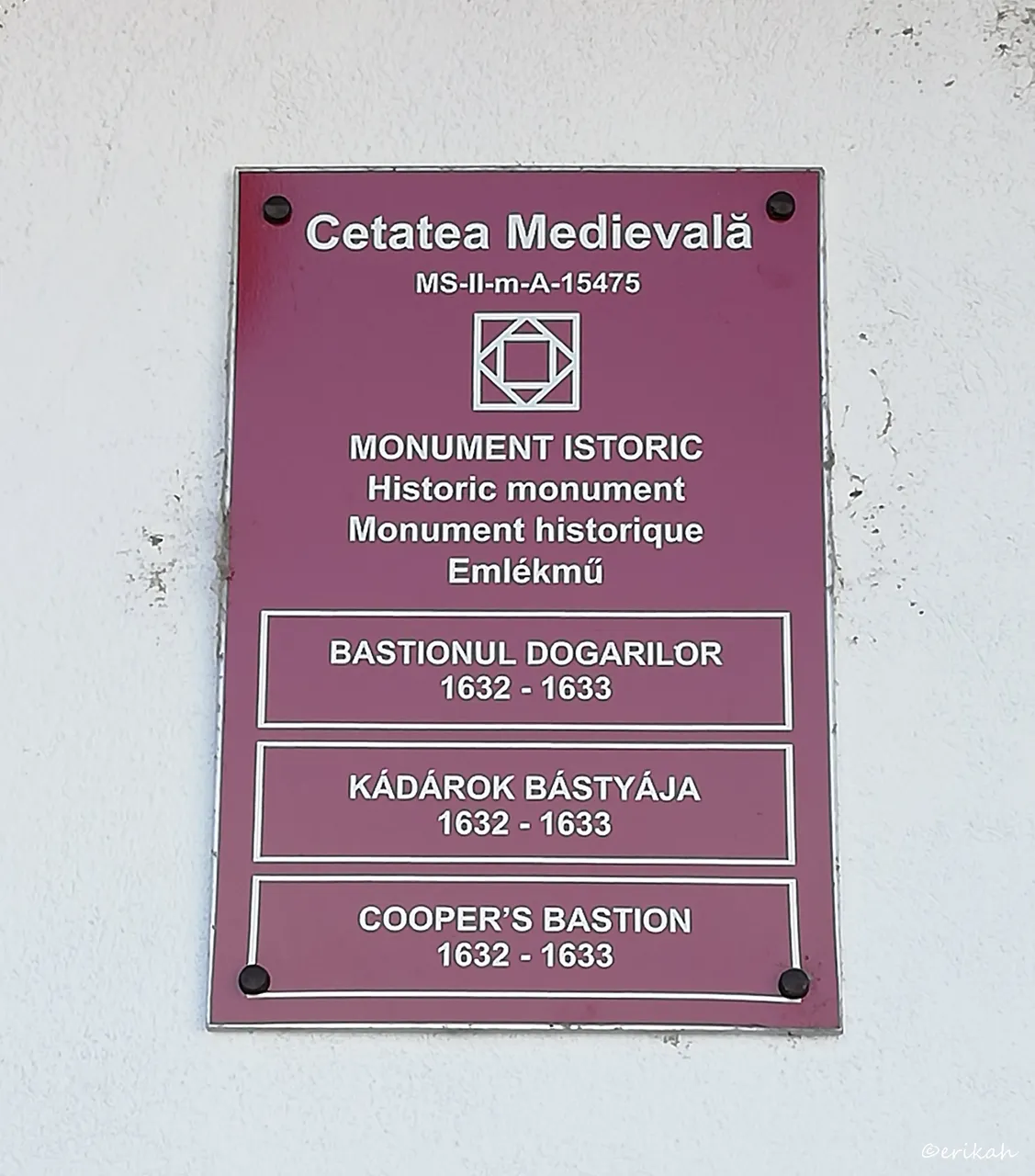
Cooper is a maker or repairer of casks and barrels, which was also impotant in those days.
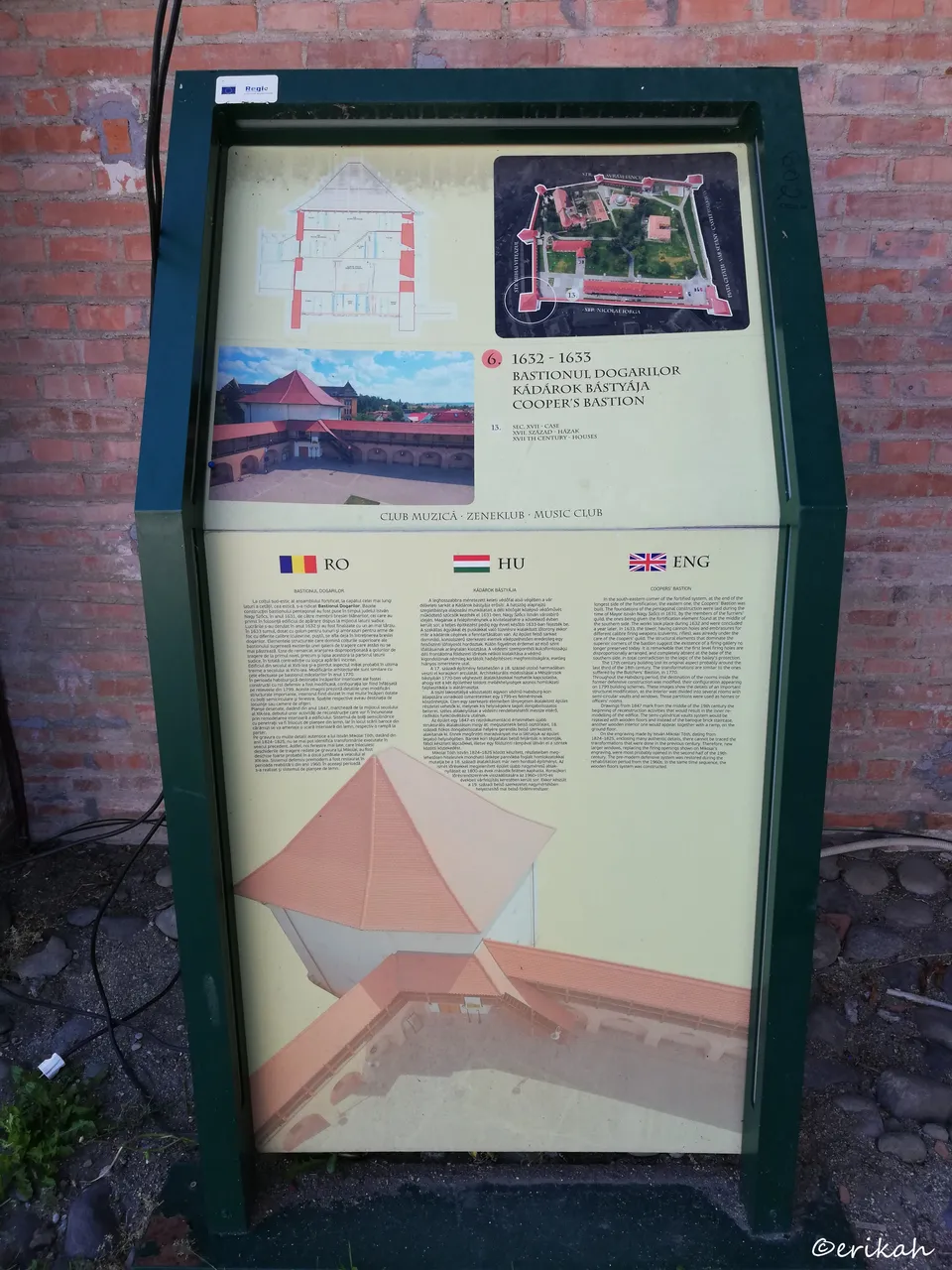
There are information boards all over the fortress, in three languages, where you can read about the history of the place.
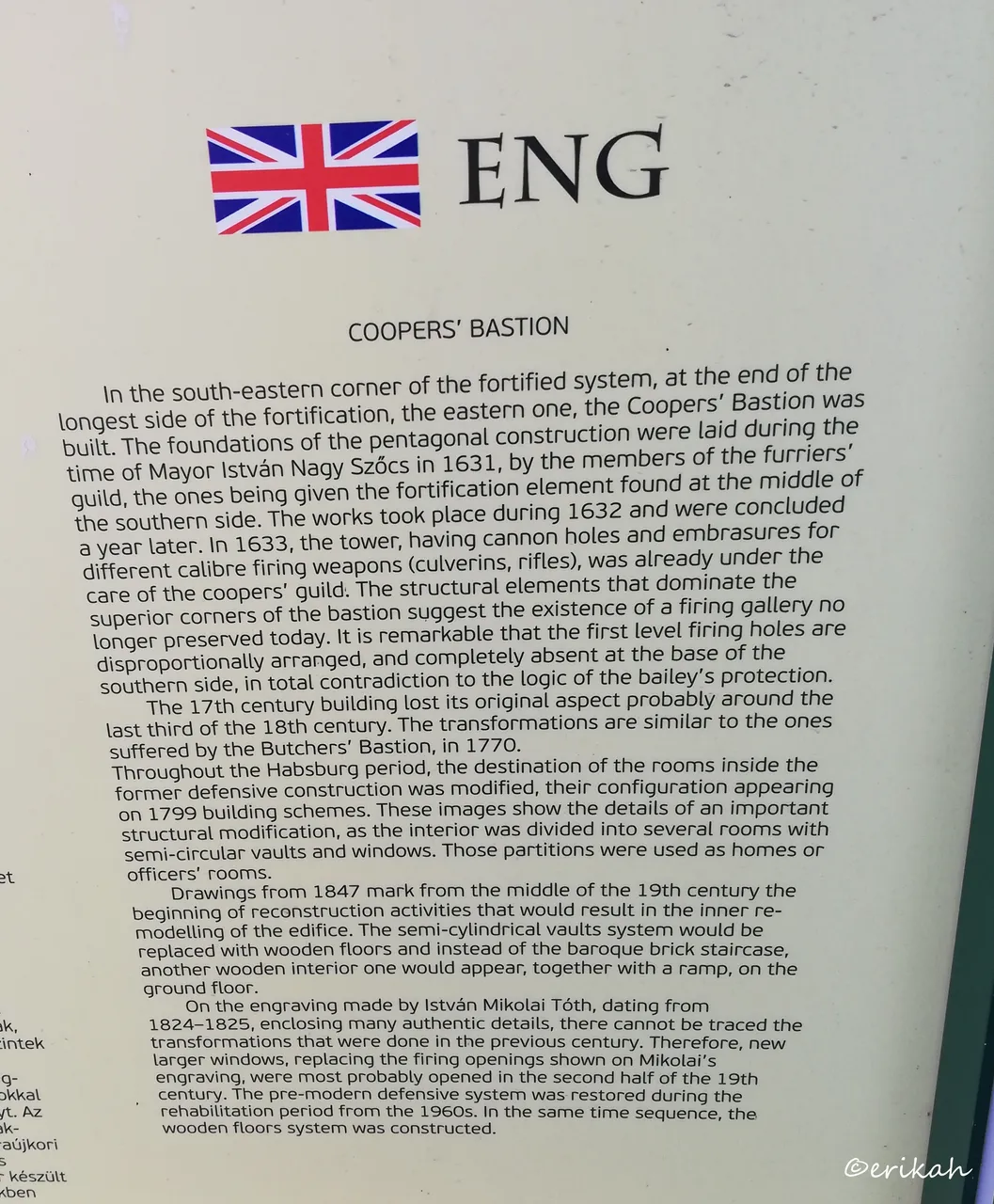
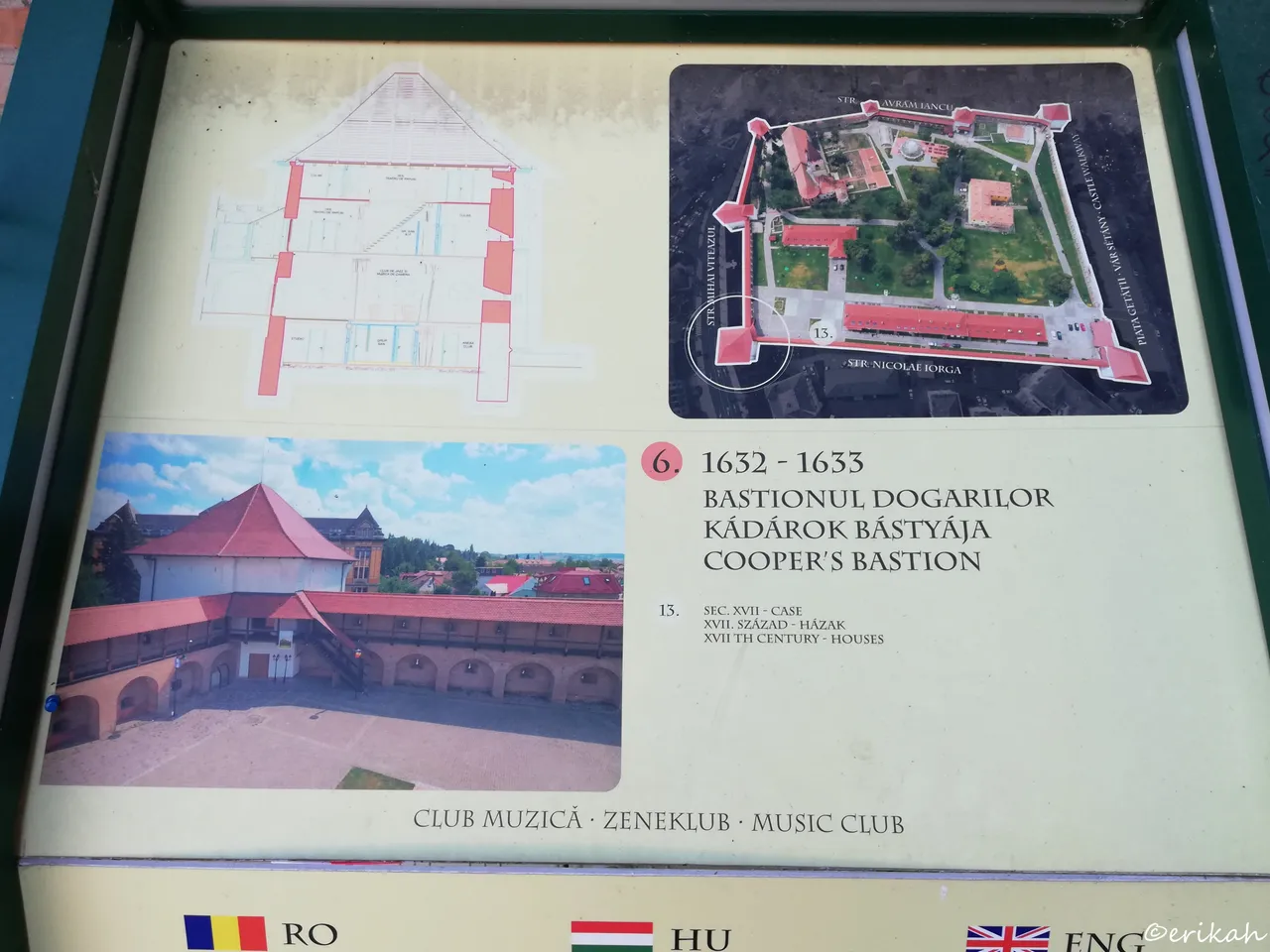
I've managed to crop the image above to show you what is inside the bastion.
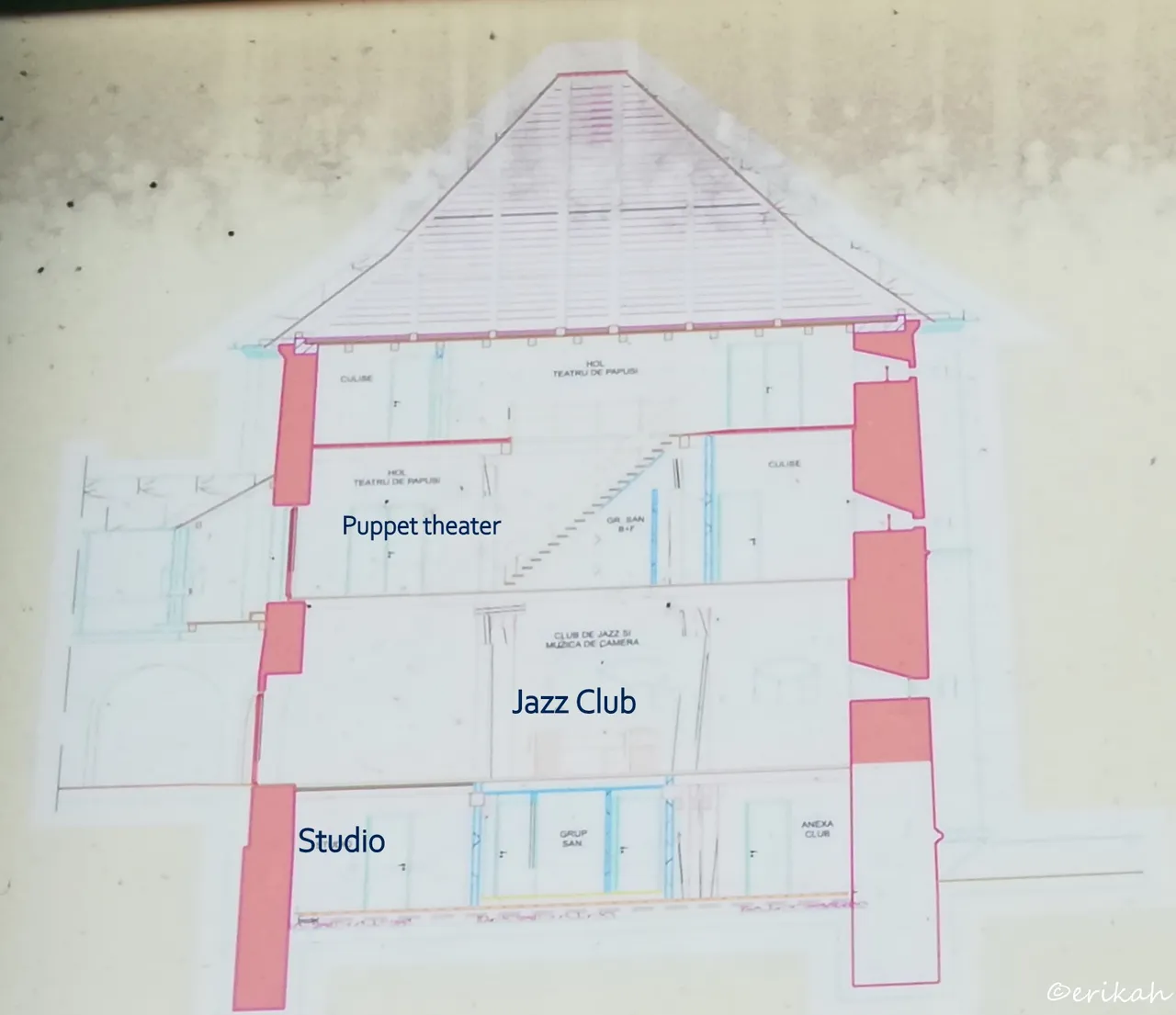
A studio, a jazz club and a puppet theater. This is truly wonderful if you ask me. Imagine a small jazz concert inside a fortress, or a puppet show for the kids, telling a tale of a king and queen, living in a castle. What better place than this one, right? Unfortunately all these activities are closed down due to the covid pandemic, but I truly hope next year life can go back to the old normal and these activities can be resumed.
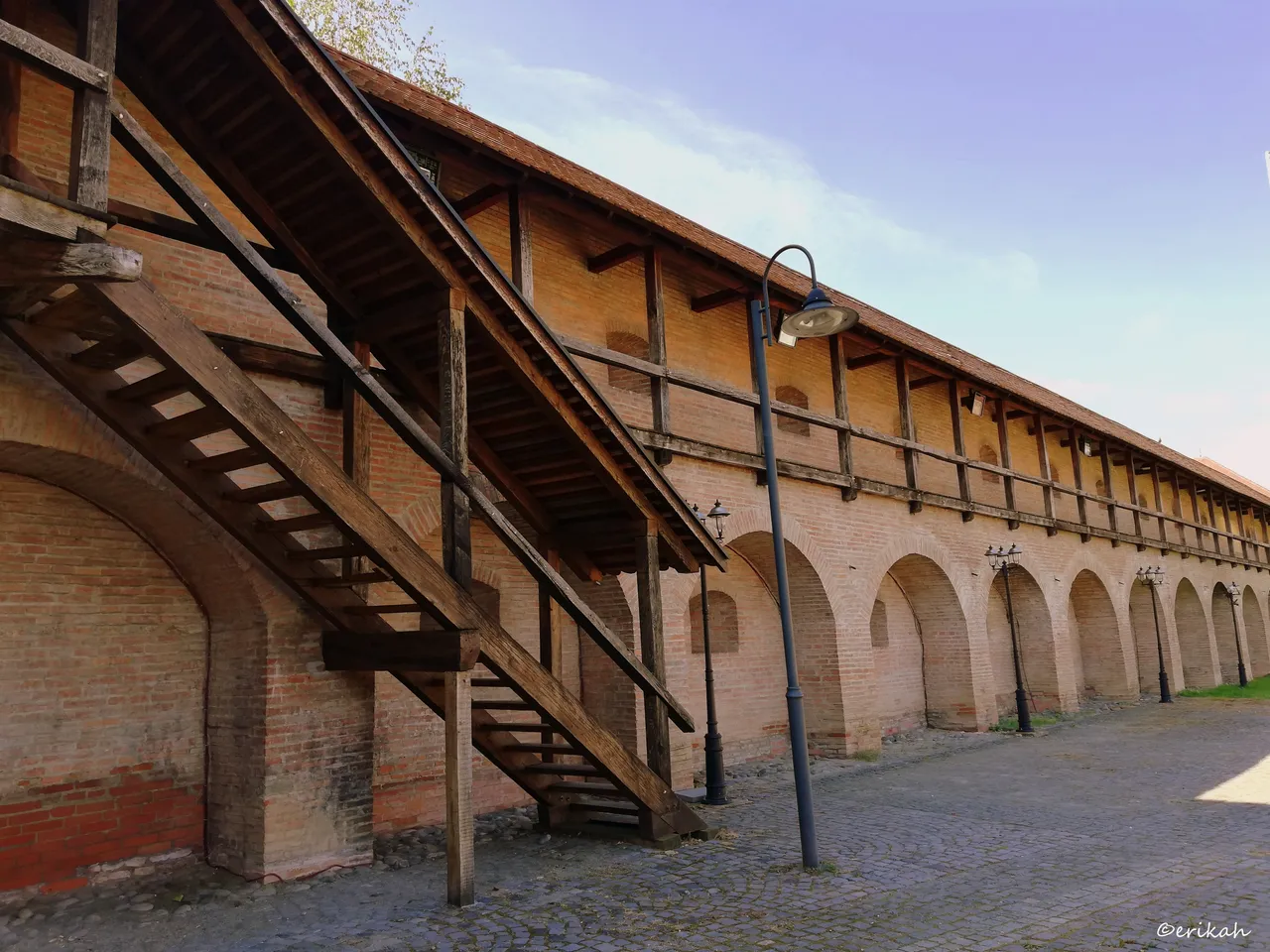
The stairs and the passage to one bastion to the other are made of wood, which I truly appreciate. I took a walk from one bastion to another and enjoyed the view from up there. I'm going to show you the view in my next travel post. Stay tuned!

Check out my latest travel posts:
- The Medieval Fortress - Part 3.
- The Medieval Fortress - Part 2.
- Haveyoubeenhere, Pinmapple And The Huge Potential We Have Here
- The Medieval Fortress - Part 1.
- The Medieval City - Part 3.
- The Medieval City - Part 2.
- The Medieval City - Part 1.
- The Blacksmith Workshop At The Dracula Daneș Domain
- The Park At Dracula Daneș Domain
- Horses And The Stable At Dracula Daneș Domain
- Horse Riding At Dracula Daneș Domain
- Carriage Museum At Dracula Daneș Domain
- Lunch At The Dracula Daneș Domain
- Kindness I encountered from strangers while traveling: Vienna, the city where everyone is helping

